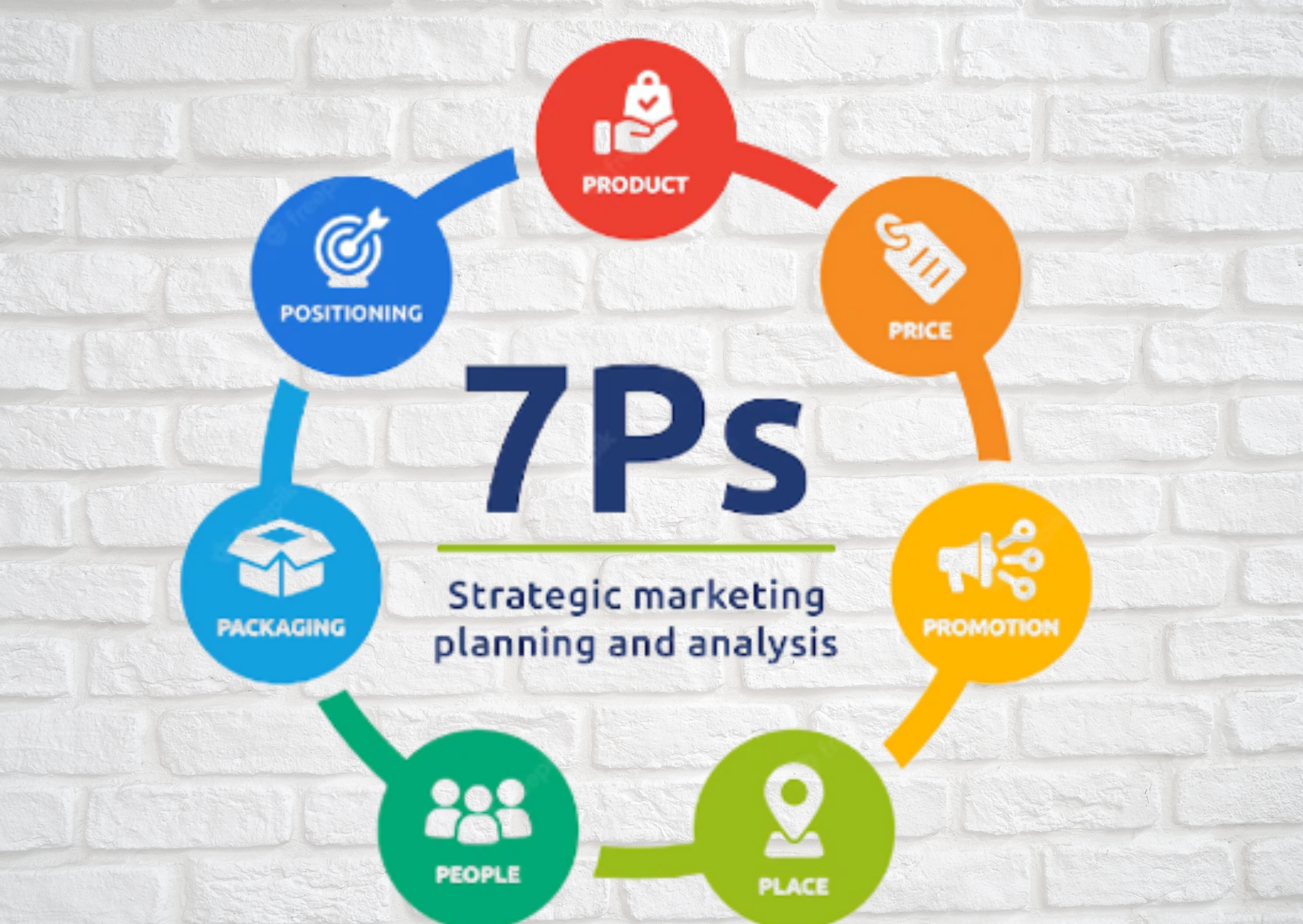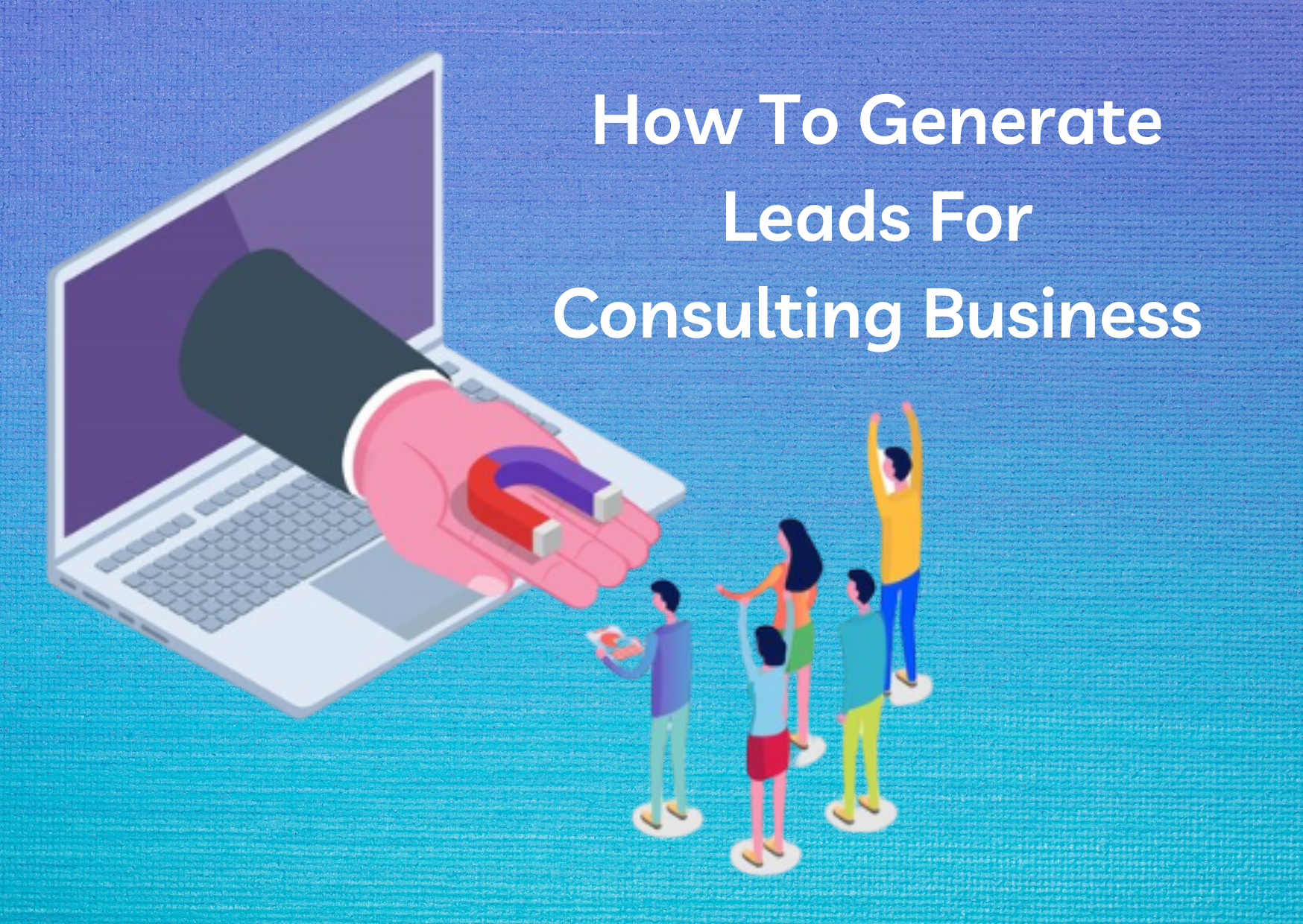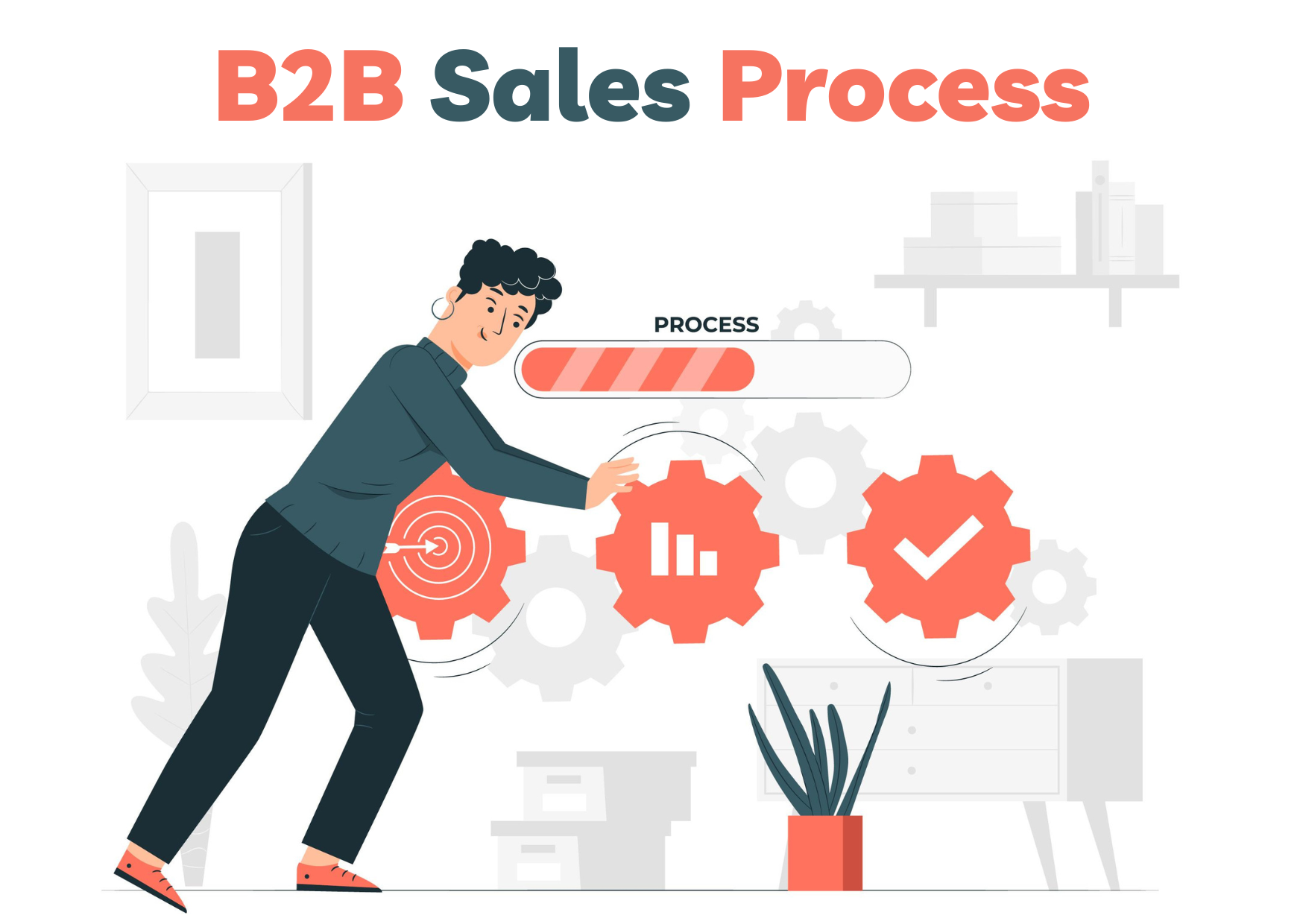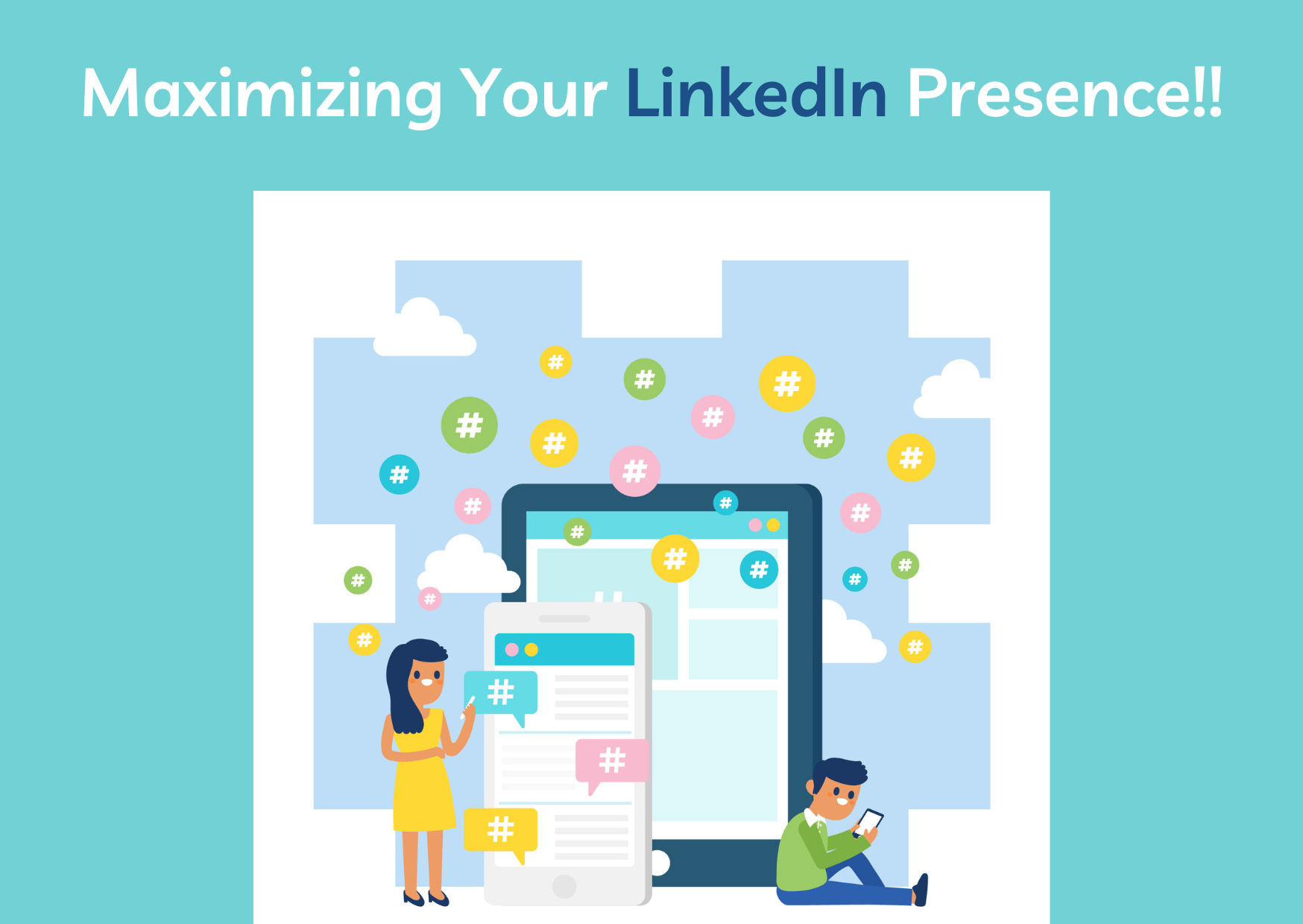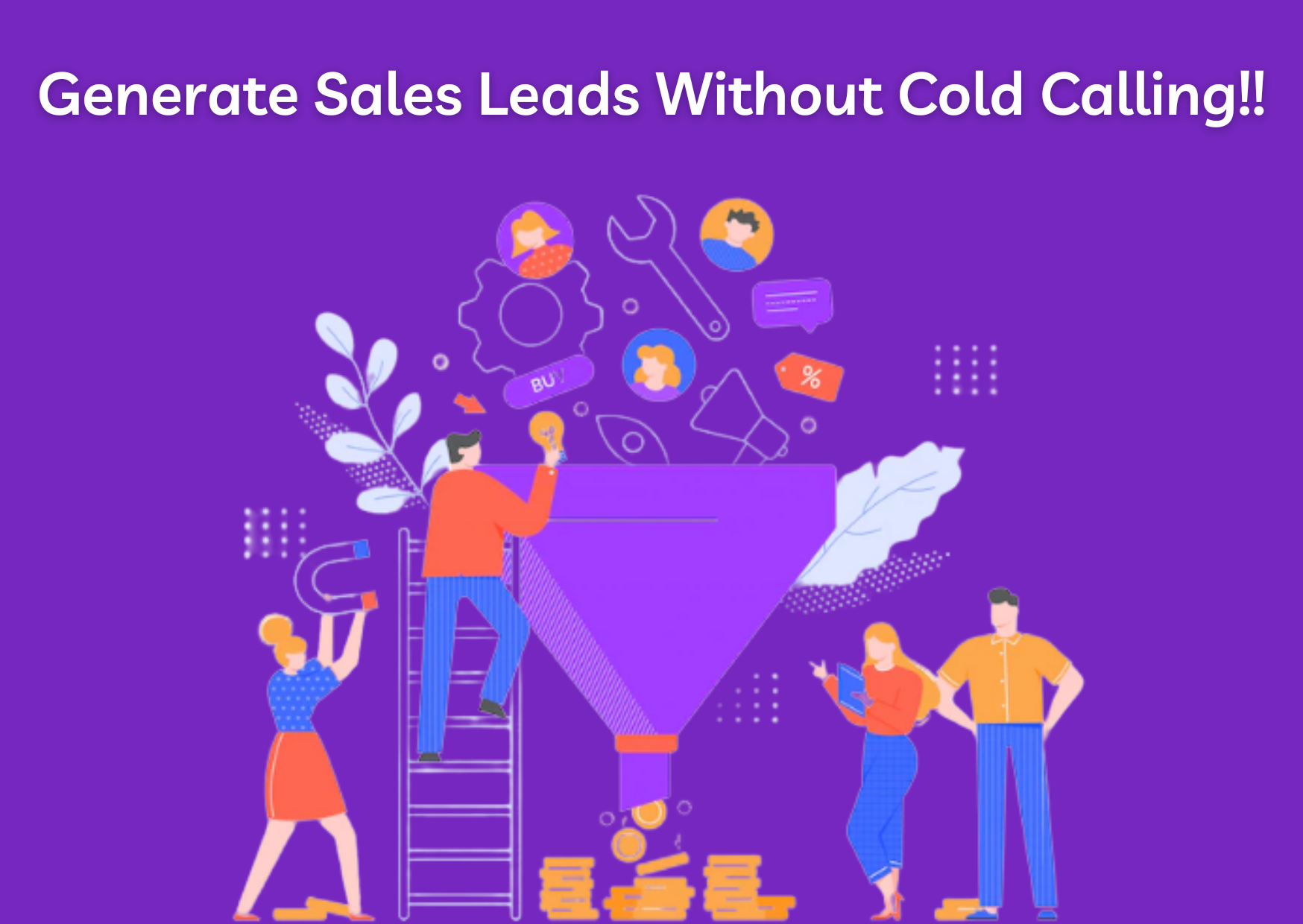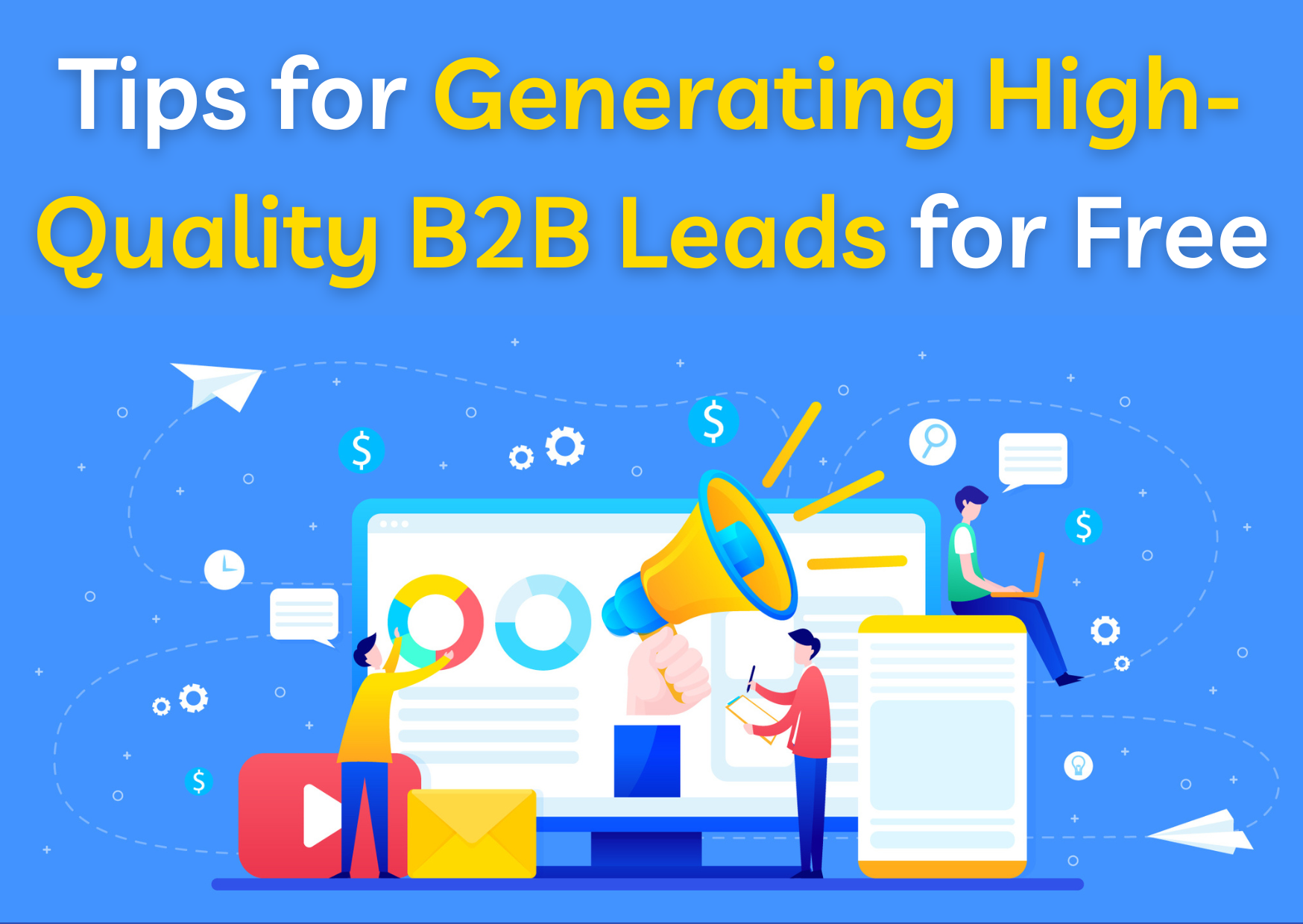Are you looking for some easy ways to generate leads for your business? As a business owner, generating leads is an essential part of growing your company. Without leads, you won’t have potential customers to convert into paying clients or customers. Fortunately, there are several proven strategies you can use to generate leads for your business.
Ways To Generate Leads For Business
Here are some simple and effective strategies to try:
Use social media to connect with potential customers:
Social media platforms like Facebook, LinkedIn, and Twitter can help you connect with a wide audience and generate leads. These platforms provide a great opportunity to engage with potential customers.
By creating a strong presence on social media, you can showcase your products or services, share valuable content, and engage with your audience.
Optimize your website for search engines:
Search engine optimization (SEO) is the process of improving your website’s ranking on search engine results pages. By using keywords and phrases that people are searching for, you can improve your website’s visibility and attract more visitors who are looking for products or services like yours.
Offer valuable content:
Providing valuable and informative content on your website can attract potential customers and encourage them to share your content with their network. This can help you generate more leads and build a loyal customer base.
Use email marketing:
By collecting email addresses from potential customers and sending them regular newsletters or promotional offers, you can keep your business top-of-mind and encourage them to make a purchase.
Attend networking events:
Networking events provide a great opportunity to make valuable connections with potential customers. By attending local events and making connections with other business owners and professionals, you can showcase your products or services and create interest in your business.
Tools For Lead Generation
In addition to the strategies mentioned above, there are several tools and services that can help you generate leads for your business.
Lead generation software:
There are many different software tools and platforms that can help you generate leads for your business. These tools typically use algorithms and data analysis to identify potential leads and provide relevant contact information.
For example, EasyLeadz is a tool provids the contact information of the top decision-makers in the companies. With EasyLeadz, you can quickly and easily find contact information for potential customers and start generating leads for your business.
Marketing automation:
Marketing automation is a type of software that allows you to automate and manage your marketing campaigns. With marketing automation, you can create and send personalized emails, track website visitors, and generate leads automatically.
LinkedIn:
LinkedIn is a professional networking platform that can help you connect with potential customers and generate leads. By creating a LinkedIn profile and engaging with other professionals in your industry, you can showcase your products or services.
Overall, generating leads for your business is an important part of growing and scaling your business. By using the strategies and tools mentioned above, you can effectively generate leads and expand your customer base.
Generate Leads For Business
How To Generate Leads
Lead Generation
Ways To Generate Leads



